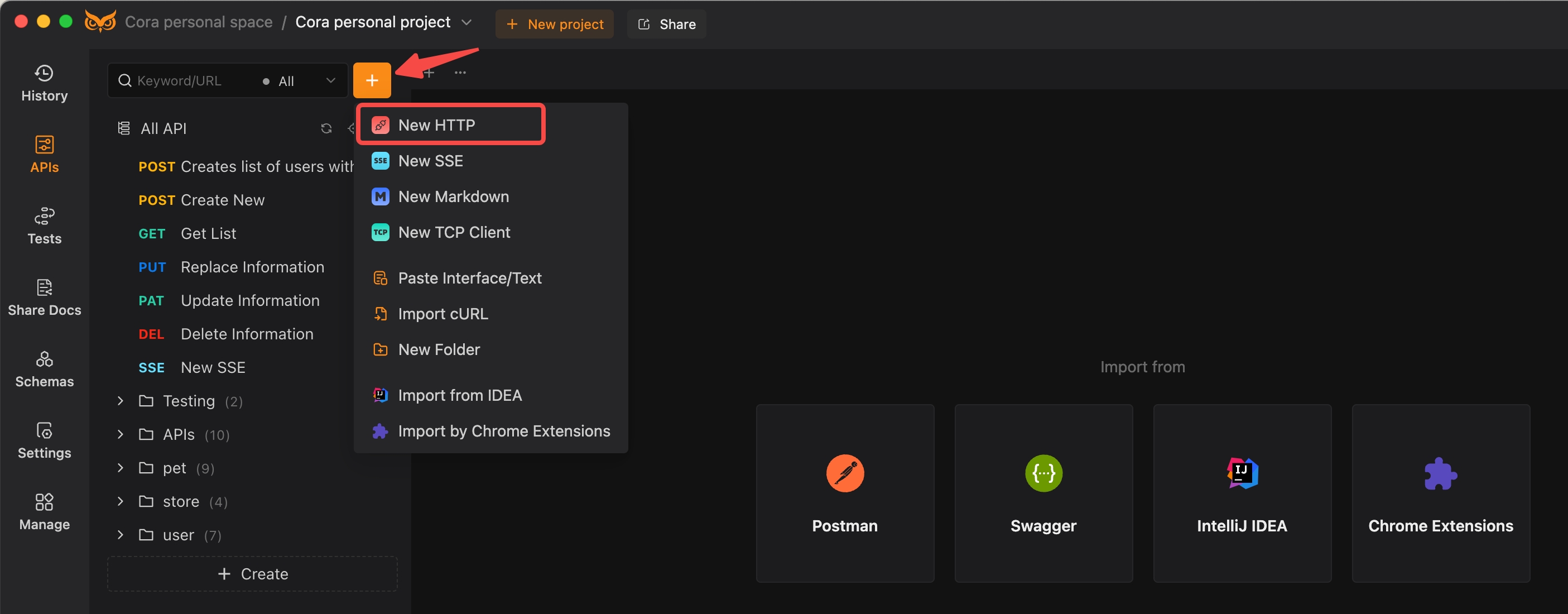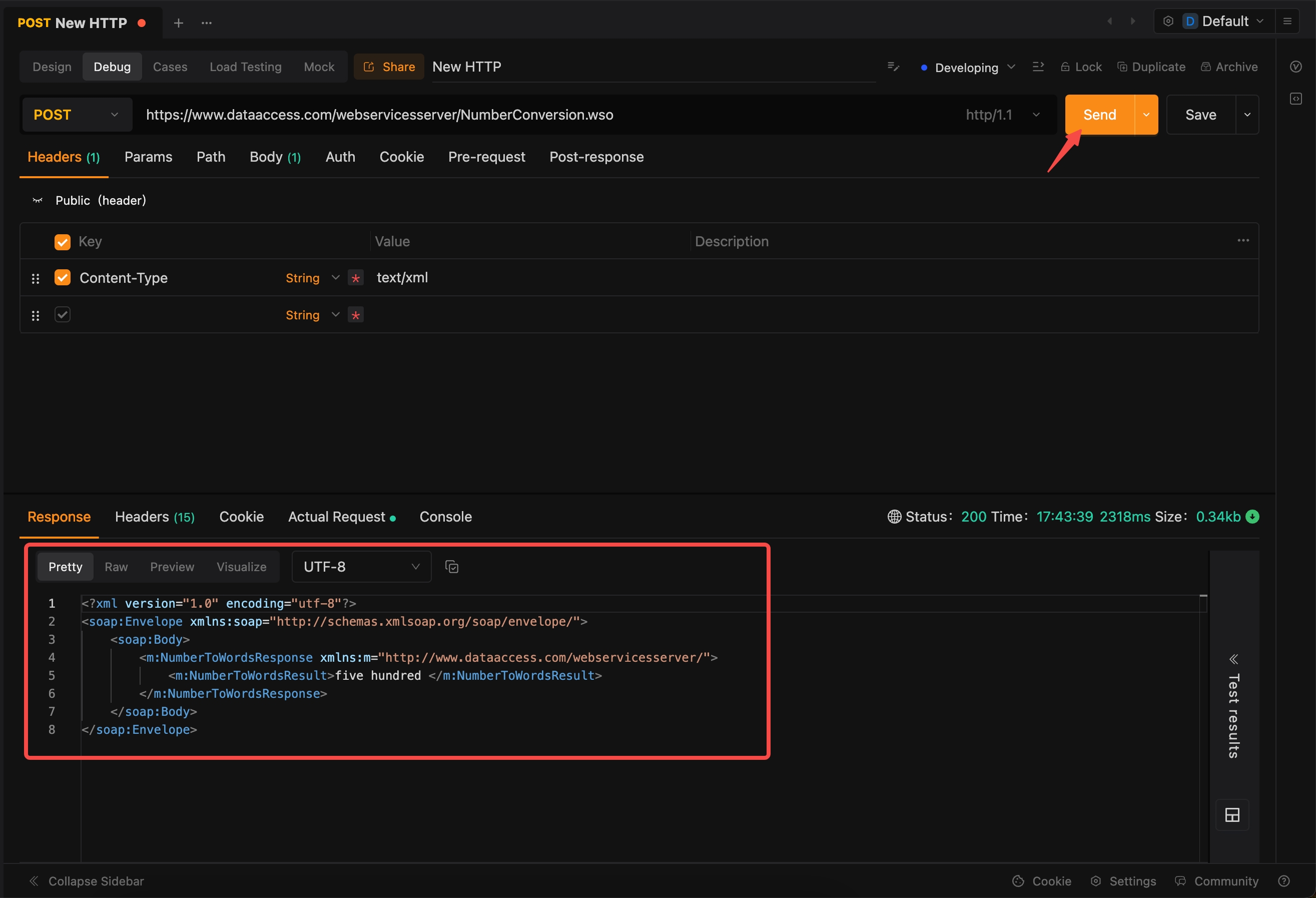Postman VS Insomnia | Top 6 Postman Alternatives for 2024
Though popular, Postman has downsides like mandatory logins, no Scratch Pad, high costs for premium features, and heavy resource use. Luckily, 2024 offers solid alternatives. Let's explore these options, focusing on their pros and cons, and see why EchoAPI stands out.
As popular as Postman is for API testing, it does have its downsides. Frequent complaints include compulsory logins, lack of a Scratch Pad for quick tests, high costs for premium features, and being resource-heavy due to its Electron client. If these issues bug you, fear not—there are some solid alternatives out there. Let’s dive into the top Postman alternatives for 2024, highlighting their strengths, weaknesses, and why EchoAPI might be your new best friend.
1. EchoAPI

Advantages:
- No Login Required: Jump right in without creating an account. Ideal for quick testing without hassle.
- Built-in Scratch Pad: Perfect for swift, temporary requests and experiments.
- Affordable: Great bang for your buck, especially for budget-tight teams.
- Lightweight Native Client: Runs smoothly with minimal resource usage.
- Rich Protocol Support: Handles HTTP, SSE, Webservice, Markdown, and TCP.
- Multiple Plugin Support: Available for VS Code, IntelliJ IDEA, and Chrome.
- Postman Compatibility: 100% script syntax compatibility with Postman for easy migration.
Disadvantages:
- Limited Community Support: Being newer means fewer user-generated resources.
- No WebSocket Support: Lacks support for WebSocket debugging.
Summary: EchoAPI is an excellent alternative with its user-friendly features and cost-effectiveness, especially for those who need a quick-start and efficient tool.
Steps to Debug and Test Using EchoAPI
1. Create or Import a Request:
- You can manually create a request by specifying the URL and parameters.
- Import requests from other tools like Postman, Swagger, or cURL.

2. Set Request Headers:
- Manually set the
Content-Typevalue in the request header to eitherapplication/jsonortext/xml, depending on the specific requirements of the endpoint.

3. Executing Requests and Analyzing Responses:
- Send the API request and examine the response to ensure it behaves as expected.
- Analyze the response code and returned data to verify correctness.

Example of Importing and Debugging a Web API Request:
curl --request POST \
--url https://www.dataaccess.com/webservicesserver/NumberConversion.wso \
--header 'Accept: */*' \
--header 'Content-Type: text/xml' \
--data '<?xml version="1.0" encoding="utf-8"?>
<soap:Envelope xmlns:soap="http://schemas.xmlsoap.org/soap/envelope/">
<soap:Body>
<NumberToWords xmlns="http://www.dataaccess.com/webservicesserver/">
<ubiNum>500</ubiNum>
</NumberToWords>
</soap:Body>
</soap:Envelope>'
After sending this request, EchoAPI displays the response. By reviewing the response, you can confirm that the API is functioning as intended and returning the correct data.

2. Insomnia

Advantages:
- Diverse Protocol Support: Can handle REST, GraphQL, and gRPC.
- Flexible Environment Management: Simplifies environment variable management.
- Rich Plugin Ecosystem: Extend functionality with ease.
Disadvantages:
- Learning Curve: New users may find it a bit daunting at first.
- Performance Issues: Can struggle with very large projects.
3. Hoppscotch

Advantages:
- Open-source and Lightweight: Fast and resource-efficient.
- Real-time Collaboration: Multi-user online collaboration for teams.
- User-friendly Interface: Intuitive design makes it easy to use.
Disadvantages:
- Limited Advanced Features: Missing some high-end functionalities.
- Poor Offline Support: Requires internet access to function effectively.
4. RapidAPI

Advantages:
- API Marketplace: Easy discovery and integration of various APIs.
- Smart Request Generation: Generates code snippets quickly.
- Detailed Analytics Tools: Helps optimize API usage.
Disadvantages:
- Steep Learning Curve: Can be overwhelming for new users.
- Dependency on Third-party APIs: Increased management complexity.
5. Bruno

Advantages:
- Lightweight Design: Focuses on API testing and documentation.
- Automatic Documentation Generation: Creates documentation in real-time.
- Team Collaboration: Easy sharing among team members.
Disadvantages:
- Limited Features: Not as comprehensive as other tools.
- Weak Community Support: Smaller user base can limit available help.
6. Thunder Client

Advantages:
- VS Code Integration: Great for developers who prefer to stay in their code editor.
- Fast Request Sending: Simple and fast to send HTTP requests.
- Efficient and Lightweight: Minimal setup, quick testing.
Disadvantages:
- Limited Functionality: Missing advanced features.
- Exclusive to VS Code: Can’t be used with other IDEs.
Conclusion
While Postman still leads in power and versatility, its drawbacks have pushed developers to explore other options. EchoAPI shines for its straightforward, no-login-required approach, rich protocol support, and affordability. It's especially appealing if you need a tool that integrates well with VS Code and IntelliJ IDEA without the resource overhead. Insomnia and RapidAPI offer robust functionalities for more comprehensive testing needs, while Hoppscotch and Thunder Client are fantastic for lightweight and fast operations. Bruno simplifies testing and documentation but may lack advanced features.
Switching to the right tool can greatly enhance your API development workflow. If you’re looking to replace Postman, EchoAPI is a fantastic place to start. Try out these alternatives and see which one fits your needs best!




 EchoAPI for VS Code
EchoAPI for VS Code

 EchoAPI for IntelliJ IDEA
EchoAPI for IntelliJ IDEA

 EchoAPl-Interceptor
EchoAPl-Interceptor

 EchoAPl CLI
EchoAPl CLI
 EchoAPI Client
EchoAPI Client API Design
API Design
 API Debug
API Debug
 API Documentation
API Documentation
 Mock Server
Mock Server








